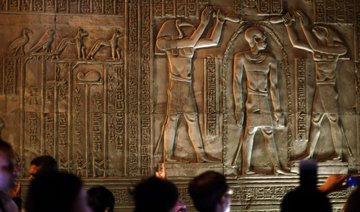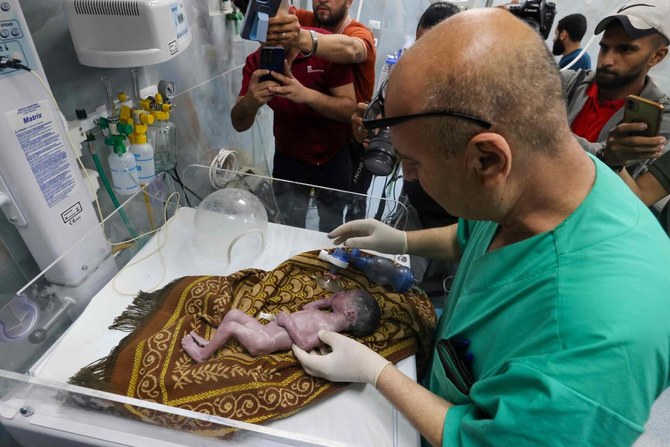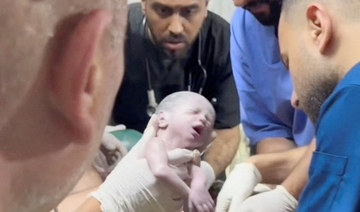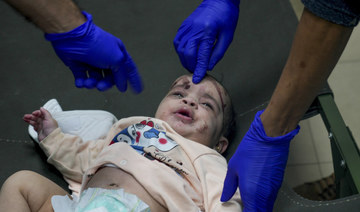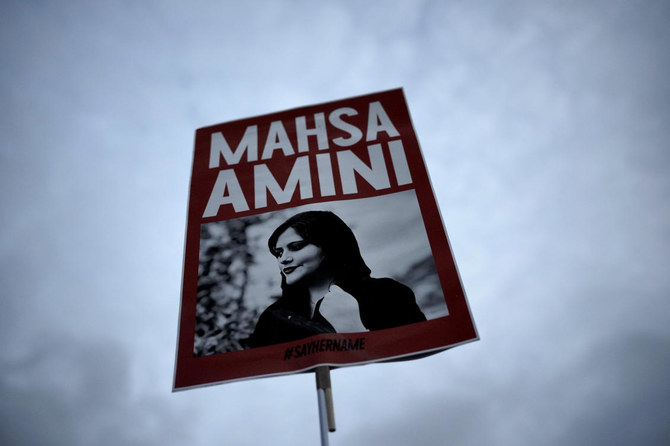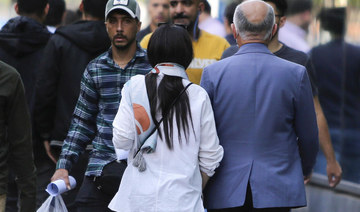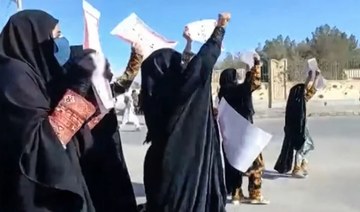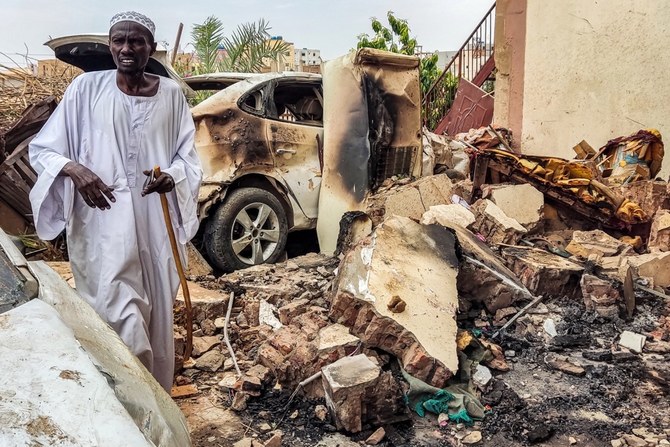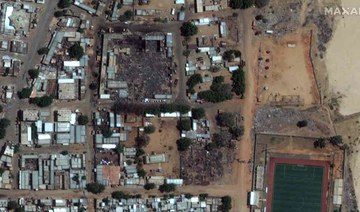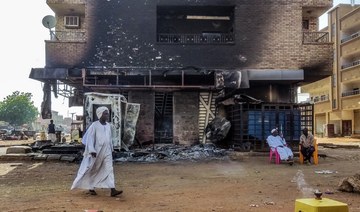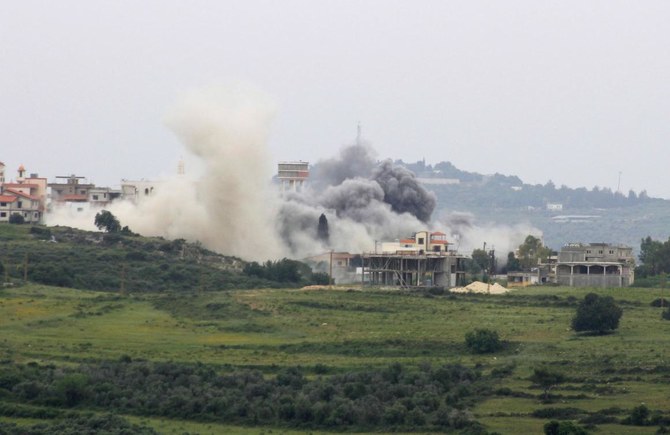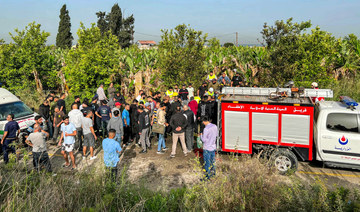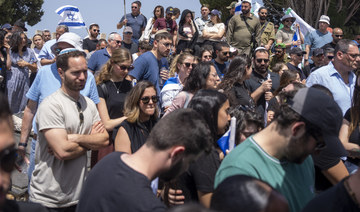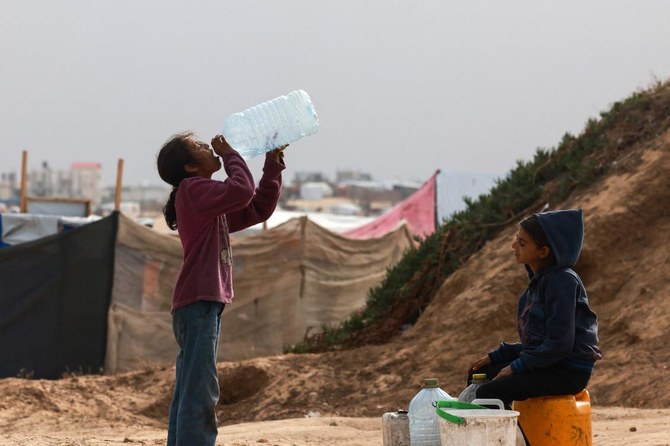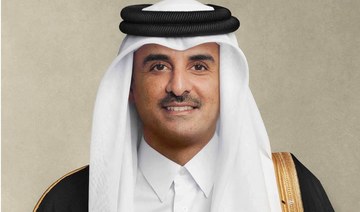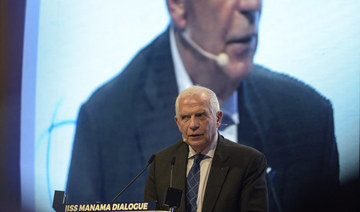CAIRO: Egyptian conservation officials have hit back at claims on social media that black building cement had been used to patch up a damaged statue of Pharaoh Ramses III.
A photo showing workers repairing the face of the ancient Egyptian king on a stone statue at his Habu mortuary temple near Luxor, went viral after being published on the internet, with some posters claiming that crude construction materials had been used to fill cracks.
But experts have slammed the criticism, saying the restoration work had been carried out according to internationally recognized scientific standards.
The Ramses III temple is one of the most important buildings in the Karnak antiquities complex and dates back to the 20th dynasty in Ancient Egypt.
Dr. Ghareeb Sonbol, head of the restoration and conservation department at the Egyptian Ministry of Antiquities, said: “The photo on social media of (workers) repairing the face of Ramses III is true.
“But the restoration process was carried out completely scientifically according to international conventions of maintenance. The material used to restore the statue, which resembles cement, is used in the restoration of antiquities in a scientific way, not as some publishers had claimed that the image was black cement.”
Sonbol said that the Egyptian antiquities have been in safe hands for the past 10 years, with Egypt leading numerous successful restoration projects.
Dr. Mustafa Al-Saghir, director-general of Karnak Antiquities, told Arab News that the material used for the repairs was a sandstone and limestone mix that was a close match to the original color of the statue’s stone.
Workers were in the process of removing cement used for repair works in the 1920s and 1930s and replacing it with modern material that met international standards.
Officials came in for similar criticism last February with claims that concrete and iron had been used during restoration of the statue of Pharaoh Ramses II. But Ahmed Badr Al-Amari, vice director of Luxor Temple, said at the time that only authorized materials were used.
Ramses III was the most famous pharaoh of the 20th family dynasty in Ancient Egypt and also the last ruler of the modern state of Egypt (1183 BC - 1152 BC).
He was known by the Greeks as Rhampsinitus and followed his father Ramses II to embark on massive construction projects.
His temple was named after Habu city in Luxor. Some refer to Habu as a monk with the same name, who used the second courtyard of the temple as a church for Christians when Christianity came to Egypt.




